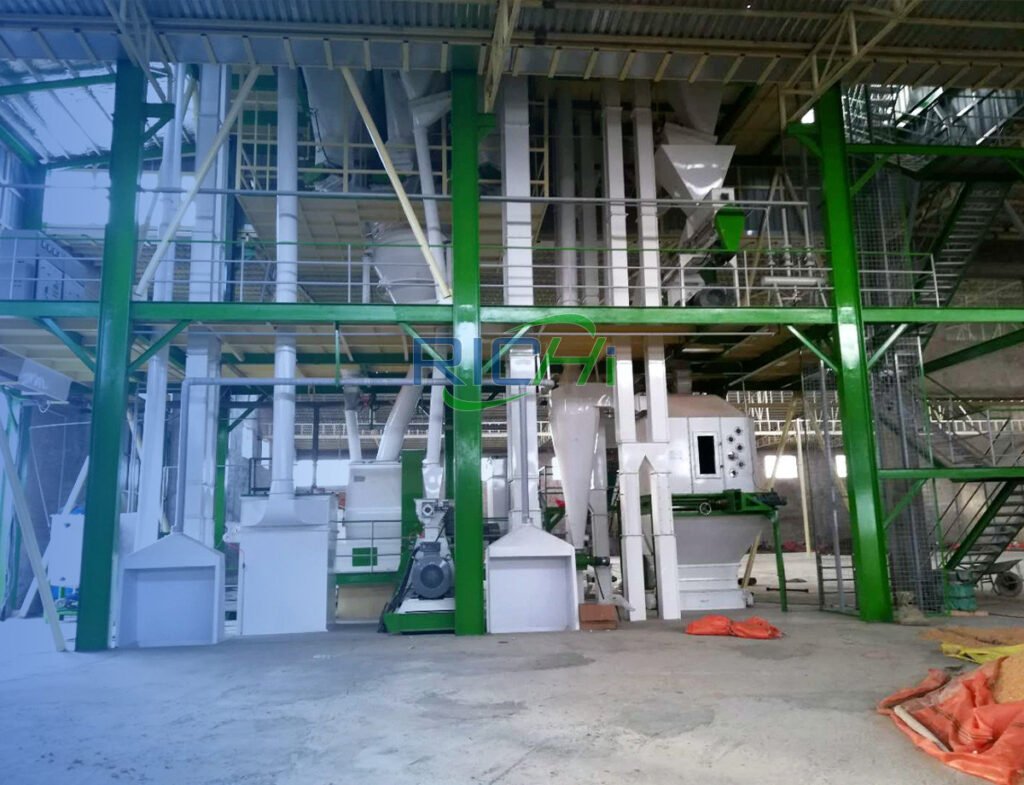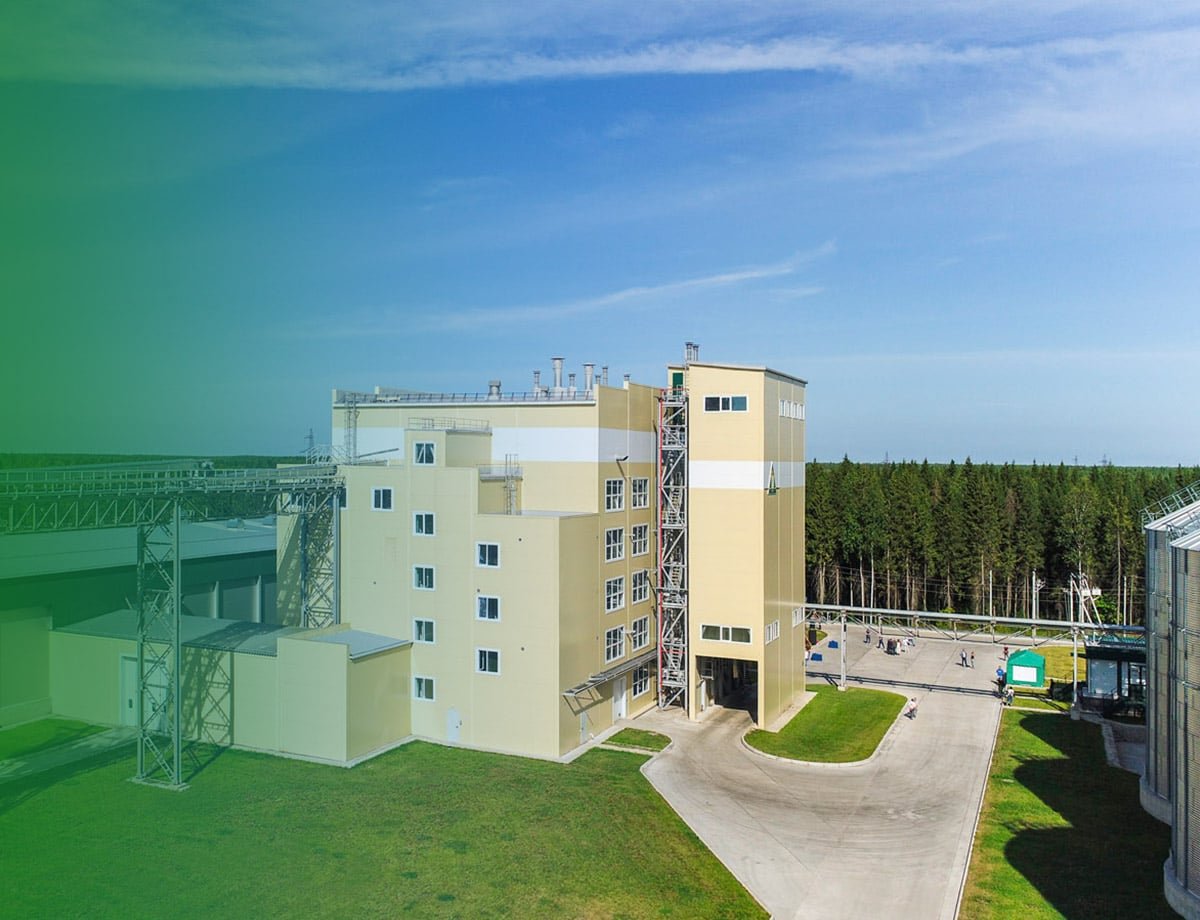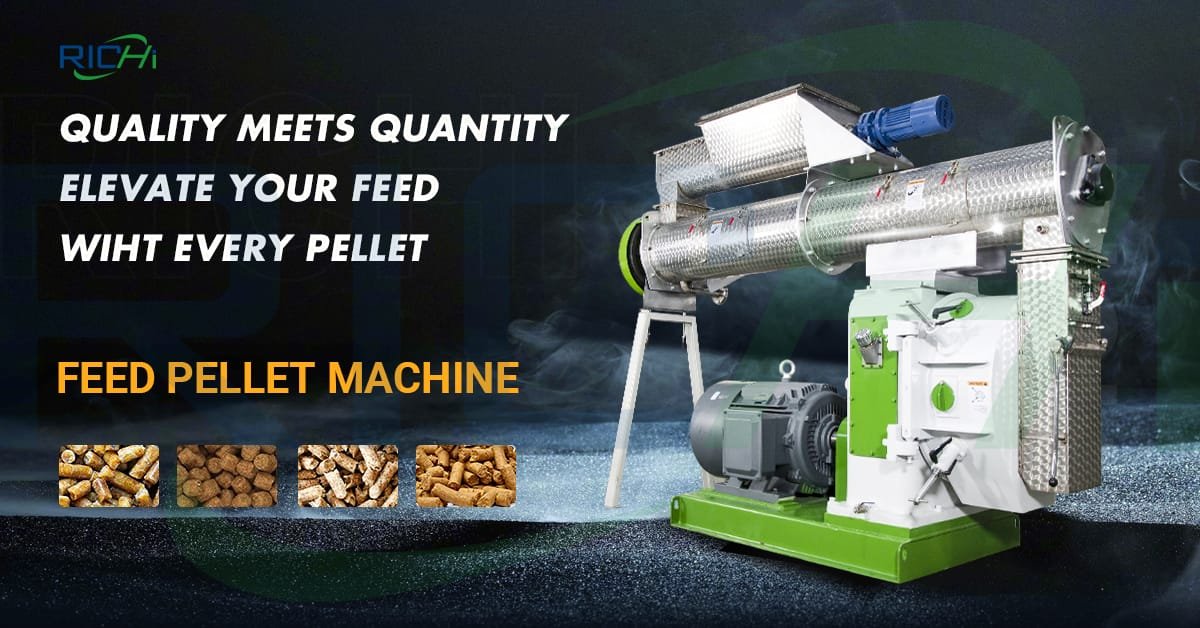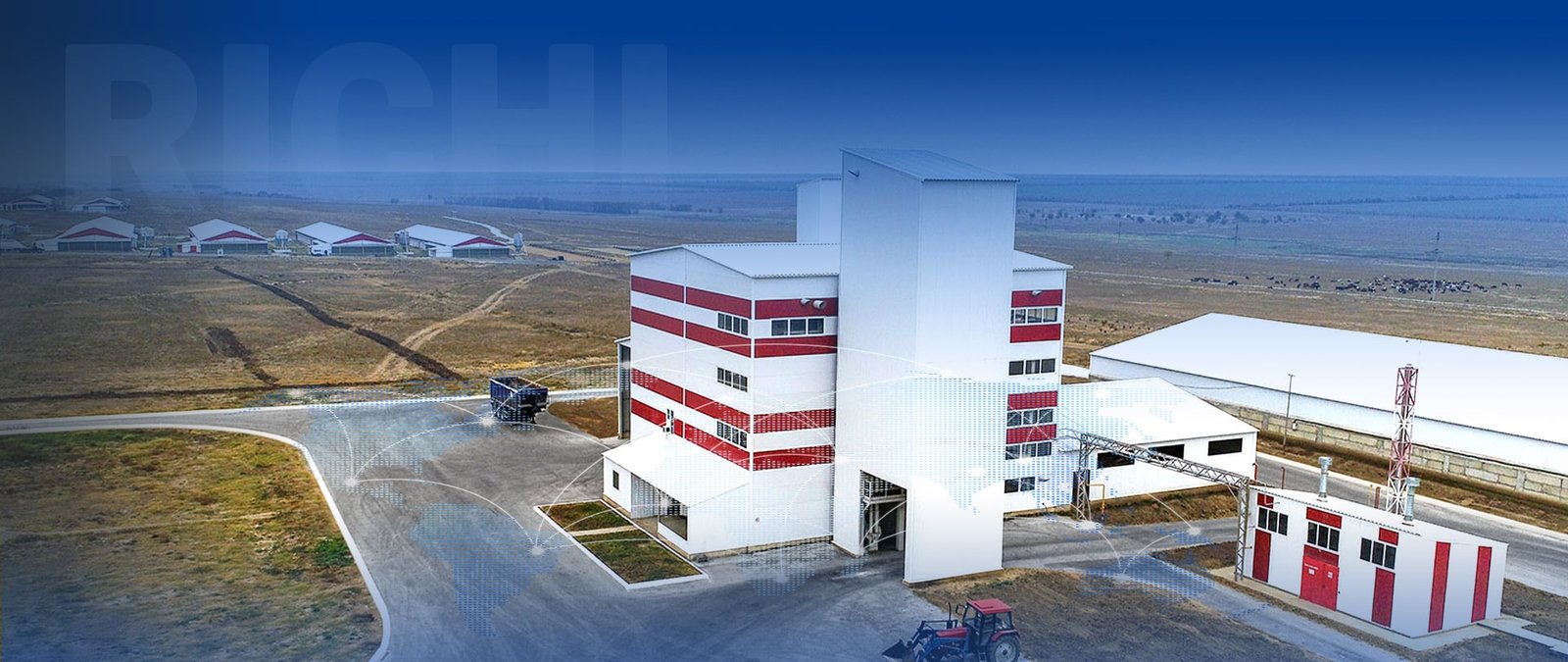Investing in a 5 tons per hour (t/h) animal feed mill plant is a significant decision that involves careful evaluation of multiple factors, particularly the return on investment (ROI) period. This period can vary greatly across different countries due to a range of economic, regulatory, and market dynamics. This article examines how the ROI period for a 5t/h animal feed mill plant differs globally and identifies the key factors influencing these variations.
Key Factors Influencing the ROI Period
Before exploring country-specific variations, it’s essential to identify the primary factors that affect the ROI period:
- Initial Investment Cost
- Operational Expenses
- Market Demand and Pricing
- Regulatory Environment
- Raw Material Availability and Cost
- Labor Costs
- Energy Costs
- Competition
- Economic Stability
- Government Incentives
ROI Periods in Different Regions
Southeast Asia (e.g., Vietnam, Thailand, Indonesia)
- Estimated ROI Period: 3-5 years
- Key Factors:
- Lower initial investment costs due to affordable equipment and construction.
- High demand for animal feed driven by expanding livestock industries.
- Relatively low labor and energy expenses.
- Government incentives for agricultural investments.
- Example: In Vietnam, establishing a 5t/h feed mill may cost around $1.5-2 million. With annual revenues of approximately $5-6 million and operating costs of $4-4.5 million, the plant could achieve ROI within 3-4 years. (Related post: animal feed making machine)

China
- Estimated ROI Period: 4-6 years
- Key Factors:
- Competitive equipment pricing due to domestic manufacturing.
- A large domestic market, albeit with high competition.
- Increasing labor costs.
- Stringent environmental regulations.
- Example: A 5t/h feed mill in China might require an initial investment of $1.8-2.2 million. With annual revenues of $5-5.5 million and operating costs of $4.2-4.6 million, the ROI period could extend to 4-6 years due to fierce market competition.
India
- Estimated ROI Period: 4-7 years
- Key Factors:
- Growing demand for animal feed.
- Relatively low labor costs.
- Challenges related to infrastructure and supply chain efficiency.
- Fluctuating raw material prices.
- Example: Setting up a 5t/h feed mill in India might cost $1.7-2 million. Annual revenues could range from $4.5-5 million, with operating costs of $3.8-4.2 million. The ROI period might be extended due to infrastructure challenges and market volatility.
United States
- Estimated ROI Period: 6-8 years
- Key Factors:
- High initial investment costs.
- Stringent regulatory framework.
- Elevated labor and energy expenses.
- Advanced technology leading to higher operational efficiency.
- Stable market demand.
- Example: A 5t/h feed mill in the US could require an investment of $3-3.5 million. With annual revenues of $6-7 million and operating costs of $5-5.5 million, the higher initial investment results in a longer ROI period, despite increased efficiency.
Western Europe (e.g., Germany, France)
- Estimated ROI Period: 7-9 years
- Key Factors:
- Very high initial investment costs.
- Strict regulatory standards.
- High labor and energy expenses.
- Advanced technology and automation capabilities.
- Stable but competitive market conditions.
- Example: In Germany, a 5t/h feed mill might cost $3.5-4 million to establish. Annual revenues could reach $6.5-7.5 million, with operating costs of $5.5-6 million. The combination of high initial investment and operational costs results in a longer ROI period.
Brazil
- Estimated ROI Period: 5-7 years
- Key Factors:
- Moderate initial investment costs.
- A large domestic market with export opportunities.
- Abundant raw materials.
- Economic volatility.
- Varying energy costs.
- Example: A 5t/h feed mill in Brazil may require an investment of $2-2.5 million. With annual revenues of $5-6 million and operating costs of $4-4.5 million, the ROI period can vary due to economic fluctuations.
Russia
- Estimated ROI Period: 5-8 years
- Key Factors:
- Moderate to high initial investment costs.
- A growing livestock industry.
- Government support for agricultural initiatives.
- Infrastructure and logistics challenges.
- Economic sanctions affecting international trade.
- Example: Setting up a 5t/h feed mill in Russia might cost $2.2-2.7 million. Annual revenues could range from $4.8-5.5 million, with operating costs of $4-4.5 million. The ROI period can be extended due to logistical challenges and economic uncertainties.
Middle East (e.g., Saudi Arabia, UAE)
- Estimated ROI Period: 4-6 years
- Key Factors:
- High initial investment costs.
- Increasing demand for animal feed.
- High energy efficiency from modern facilities.
- Government incentives for food security projects.
- Dependence on imported raw materials.
- Example: A 5t/h feed mill in Saudi Arabia might require an investment of $2.5-3 million. With annual revenues of $5.5-6.5 million and operating costs of $4.5-5 million, the ROI period benefits from government support and growing demand.
Strategies to Enhance ROI Across Regions
- Optimize Plant Efficiency: Invest in energy-efficient machinery and automation to lower operational costs.
- Diversify Product Range: Offer a variety of feed types to meet different market demands and reduce reliance on a single product line.
- Vertical Integration: Consider backward integration (raw material production) or forward integration (livestock farming) to enhance profit margins.
- Focus on Quality: Produce high-quality feed to command premium prices and foster brand loyalty.
- Explore Export Markets: In regions with saturated domestic markets, seek export opportunities to boost sales volume.
- Utilize Government Incentives: Leverage tax breaks, subsidies, or grants available for agricultural investments.
- Implement Efficient Supply Chain Management: Streamline raw material procurement and logistics to cut costs.
- Invest in Research and Development: Create innovative feed formulations to stay ahead of competitors and address evolving market needs.
Conclusion
The ROI period for a 5t/h animal feed mill plant varies considerably across different countries, ranging from 3-5 years in Southeast Asia to 7-9 years in Western Europe. These differences are primarily driven by variations in initial investment costs, operational expenses, market dynamics, and regulatory environments.
Investors must carefully evaluate these factors when selecting a location for their feed mill plant. While regions with shorter ROI periods may appear more attractive at first glance, it is essential to consider long-term aspects such as market stability, growth potential, and the regulatory landscape.
Moreover, implementing strategies to enhance efficiency, diversify product offerings, and optimize operations can contribute to a shorter ROI period, irrespective of the plant’s location. By analyzing the specific conditions of each country and adapting their business models accordingly, investors can maximize their chances of achieving a favorable return on investment in the dynamic and essential animal feed industry.
For details please contact: pellet line
WhatsApp:86 138 3838 9622
Email:enquiry@richipelletmachine.com








